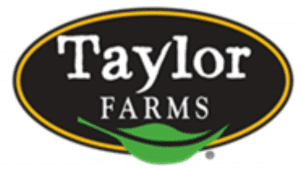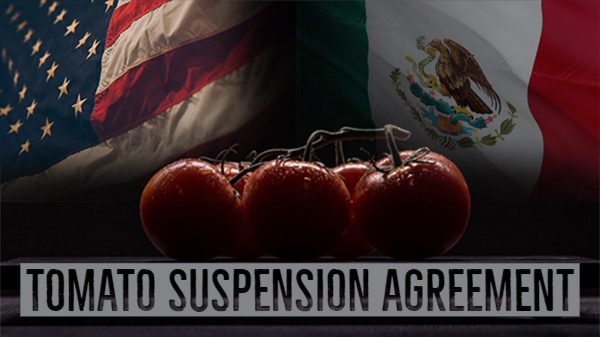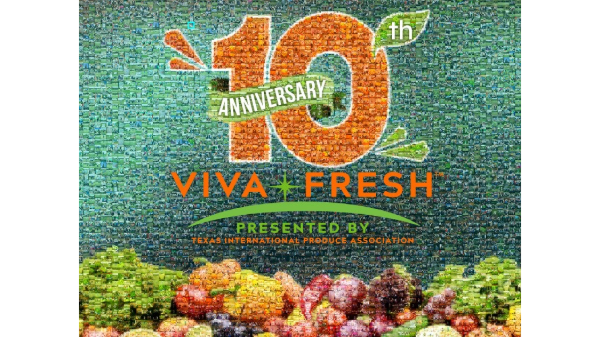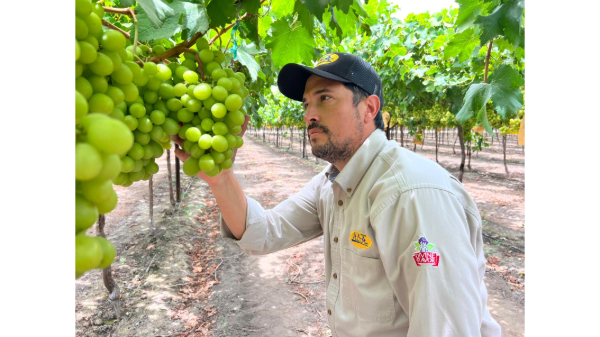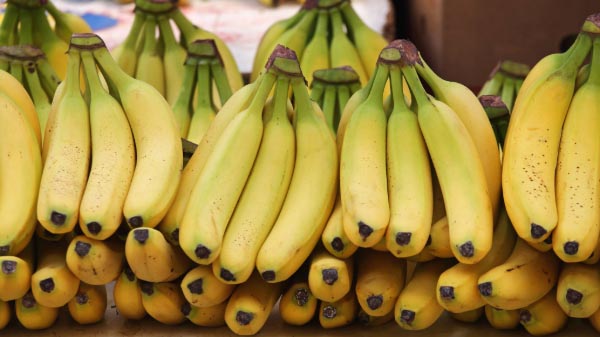Welcome to Blue Book!
Are you ready to join the thousands of companies who rely on Blue Book to drive smarter decisions? View our plans and get started today!
Still have questions? We’d love to show you what Blue Book can do for you. Drop us a line– we’ve been waiting for you.
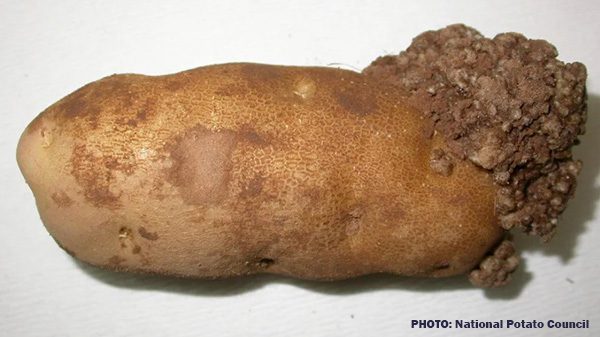
One group of people in the produce world who are desperate for good news are the potato growers of Canada’s Prince Edward Island (PEI).
Some of their crop was found to have potato wart in October, making U.S. markets off-limits to them since November 21.
Canada imposed the November ban on shipments to the U.S. on the entirely plausible grounds that the U.S. would have done so anyway.
The key market here is Puerto Rico, which accounts for 25 percent of Canadian exports to the United States, valued at $18-20 million in a normal year. Some 80 percent of Puerto Rico’s potatoes come from PEI.
The clouds appear to be breaking a little. Last week Canadian agriculture minister Marie-Claude Bibeau and Lawrence MacAulay, a member of the Canadian parliament representing PEI, were in Washington, D.C., on January 27, meeting with U.S. secretary of agriculture Tom Vilsack.
Bibeau told CBC News that Vilsack would ask the U.S. Animal and Plant Health Inspection Service (APHIS) to conduct a risk analysis of PEI potatoes to Puerto Rico within two weeks, and for the mainland in the weeks after that. (Puerto Rico does not grow potatoes.)
PEI premier Dennis King commented, “This is the first flicker of good news for our potato industry in 8 weeks. We need to see our potatoes moving south of the border ASAP, and we can’t stop working until the border is fully reopened.”
Potato wart was eradicated in the U.S. in the 1970s. It poses no threat to consumers, but deforms the potatoes, making them unmarketable.



